Papulosquamous Disorders
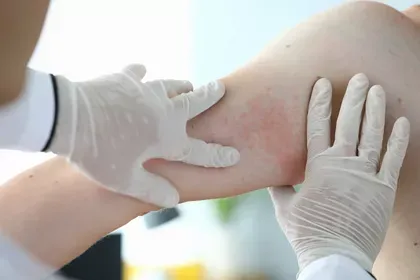
Ivan-balvan / Getty Images
There are three types of papulosquamous disorders and they include Pityriasis Rosea, Psoariasis and Lichen planus. Let's get down to their nuances.
Pityriasis Rosea
It is a dermatological disorder characterized by acute eruptions with a distinctive pattern and more often with a self-limited course.
Initially, a single plaque lesion develops, more commonly on the trunk, and a week or two later, a generalized secondary eruption develops in a typical distribution pattern.
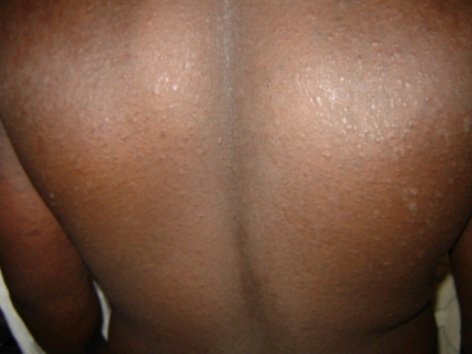
Pityriasis Rosea has a characteristic self-limiting course and resolves spontaneously in about 6 weeks.
It occurs commonly amongst individuals aged 10 to 43 years and rarely in infants and the elderly. Typically occurs in the raining season in the tropics. The lesion may or may not be itchy. The cause of Pityriasis Rosea is viral as Herpes virus type 7 has been implicated. The lesions are usually confined to the trunk, the upper part of the arms and legs. Rarely affects the face.
Pityriasis Rosea is self-limiting, meaning it's resolution is spontaneous. However, antihistamines may be given to abate the puritus, the itching. Acyclovir shortens the duration as it hastens resolution. Oral glucocorticoid has been shown to be beneficial as well. Reoccurence after resolution is uncommon.
Psoariasis
Psoariasis is a more interesting condition as it is hereditary and has several clinical manifestations. Clinical manifestations differ amongst individuals as it may be a few localized plaques or may have generalized skin involvement. The most common type is Psoariasis vulgaris.
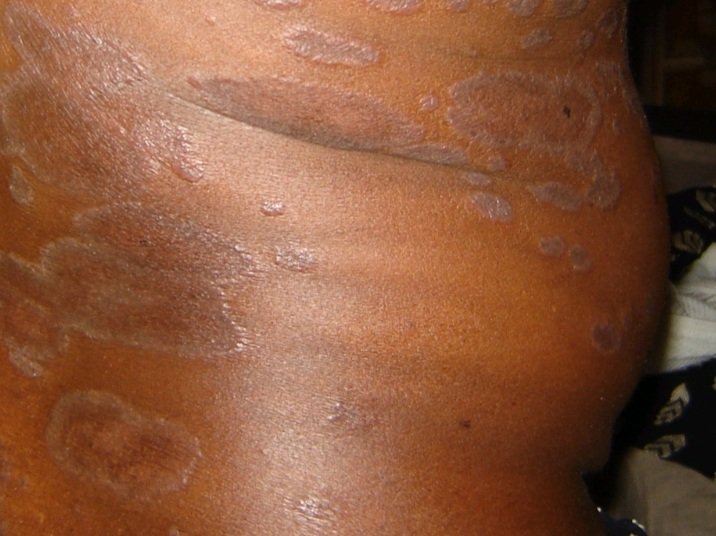
Psoariasis is know to be biphasal. This suggests that the disorder has two population targets. Children and adults. In children, it has a peak age if 8 years and in adults, 55 years. Early onset of the disease has been established to result in poorer prognosis.
The disorder is hereditary and more likely to be inherited if both parents have it. Some factors have been implicated has triggers and may include physical trauma, infections and even stress. Some drugs are also triggers and include steroids, some anti-malaria and B-adrenergic antagonists are the provoke flares in already existing conditions.
Psoariasis has shown two pathological patterns. Eruptive inflammatory type, characterized by multiple small lesions with a high tendency to spontaneously resolve. This is a rare type as it only accounts for about 2% of prevalence. Chronic stable type, characterized by chronic indolent lesions with a duration of months to years even.
Management may be topical or systemic. Topical choices include vitamin D analogues, anthracite preparation and controversially, steroids. Systemic choices may include oral retinoids, cytotoxic methotrexate therapy and Psoralen ultraviolet A therapy (PUVA).
Lichen planus
Lichen planus is an inflammatory dermatosis involving the skin and mucous membranes.
The most common type is hypertrophic Lichen planus and it's commonly seen amongst the black race, but the are several variants.
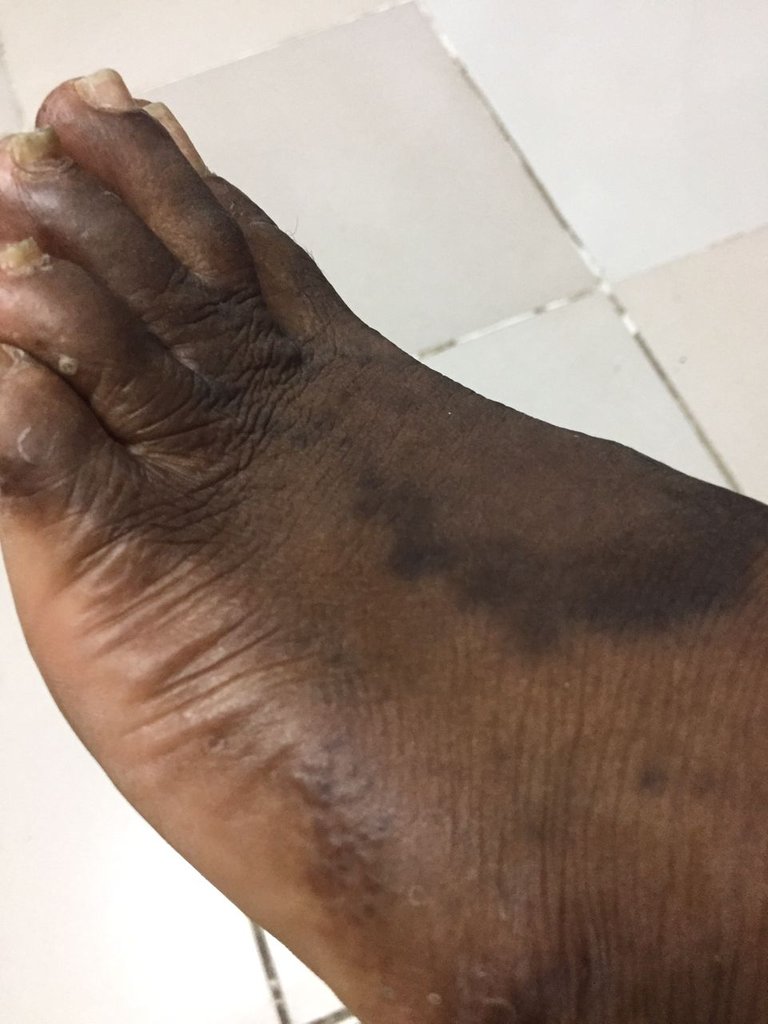
Typically seen in older individuals between 30 and 60 years with a predilection for females. It's cause is idiopathic and onset may be acute or insidious. The lesions affect any part of the body with a predisposition for the scalp, wrist, shins, lumber region, mouth and glans penis.
Lichen planus is quite the nuisance as it is persistent and may last months or even years. Hypertrophic and oral Lichen planus may last even decades. And there is a risk of malignant transformation in oral Lichen planus, though slight, about a 5% risk. Drug induced Lichen planus may be triggered by drugs such as thiazide diuretics, gold salt, beta blockers and penicillamine.
Management may be topical or systemic. Topical treatment may include glucocorticoid, cyclosporin and tacrolimus. Systemic administration of the afore mentioned drugs as well as accretion and PUVA may be used.
Referencing
https://www.verywellhealth.com/papulosquamous-disorders-4707744
https://www.webmd.com/oral-health/oral-lichen-planus
https://www.mayoclinic.org/diseases-conditions/lichen-planus/symptoms-causes/syc-20351378
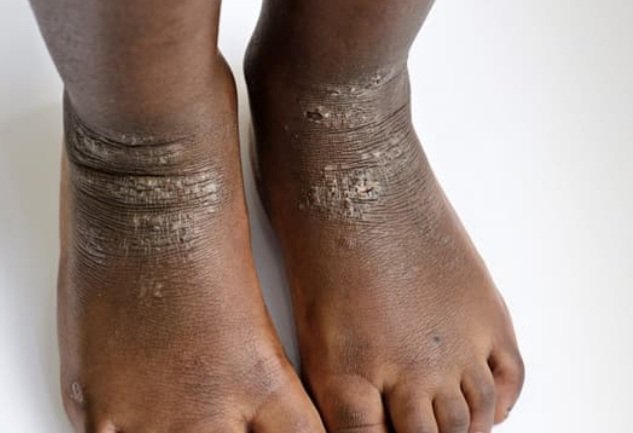
Congratulations!
✅ Good job. Your post has been appreciated and has received support from CHESS BROTHERS ♔ 💪
♟ We invite you to use our hashtag #chessbrothers and learn more about us.
♟♟ You can also reach us on our Discord server and promote your posts there.
♟♟♟ Consider joining our curation trail so we work as a team and you get rewards automatically.
♞♟ Check out our @chessbrotherspro account to learn about the curation process carried out daily by our team.
Kindly
The CHESS BROTHERS team